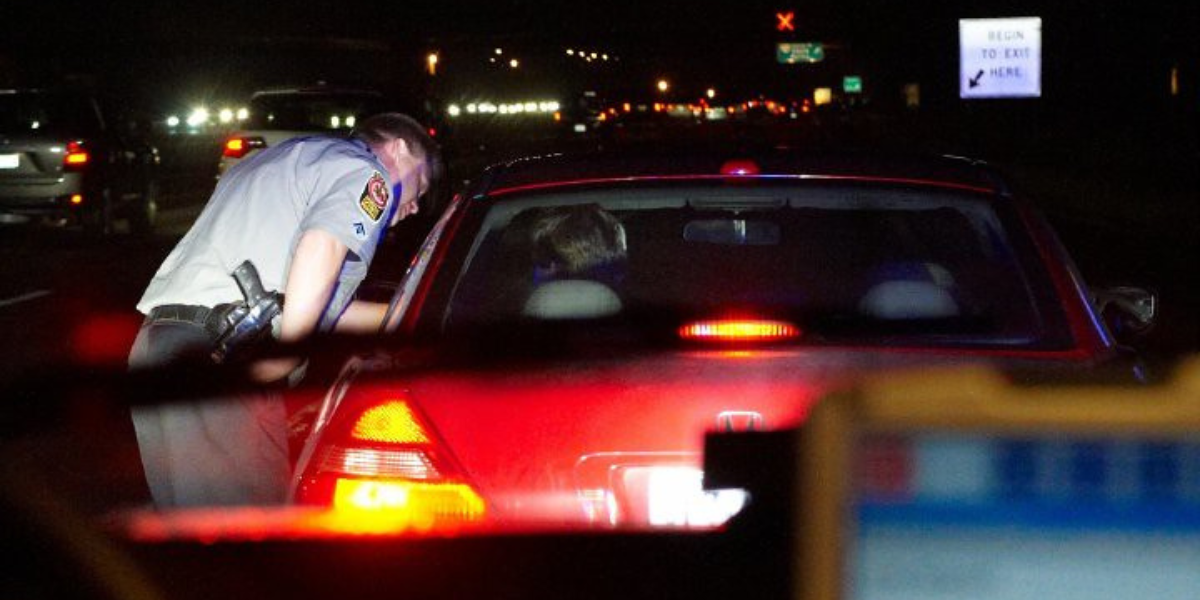By Erik Jones, Editor – Lorain Daily

Ohio drivers caught drinking and driving could now face up to 20 years in prison under a new state law. Known as Liv’s Law, the legislation took effect on April 9, 2025, and brings some of the harshest penalties Ohio has ever imposed on DUI offenses.
The biggest change targets repeat DUI offenders involved in deadly crashes. If someone has three or more prior DUI convictions and causes a fatal accident, they can now face a maximum sentence of 20 years behind bars and fines up to $25,000.
Even first-time and second-time offenders will feel the impact. Minimum fines have gone up. A first offense has increased from $375 to $565. A second offense has gone from $525 to $715. These changes are part of a major push to prevent impaired driving and reduce deaths on Ohio roads.
The law is named after Olivia “Liv” Wright, a 22-year-old who was killed by a drunk driver in 2020. Her death led to public calls for tougher DUI laws. Lawmakers responded by introducing a bill that became Liv’s Law.
Liv’s Law also gives police new tools to detect impairment. One key addition is oral fluid testing. During traffic stops, officers can now take a saliva sample to quickly check for alcohol or drugs. Refusing the test may lead to criminal charges.
Another major change involves ignition interlock devices. Courts can now require repeat offenders to install one in their vehicle. The device forces a driver to blow into a breathalyzer before the car will start. If alcohol is detected, the car won’t turn on.
In places like Lorain, where major roads and highways see heavy traffic, the law is expected to have a direct impact. Local police departments may increase DUI patrols and use the new tools more often. Drivers in Lorain County should expect stricter enforcement and longer consequences for impaired driving.

Some groups strongly support Liv’s Law. Mothers Against Drunk Driving (MADD) Ohio says the law is a step forward in protecting families and saving lives. They believe harsher penalties will make people think twice before getting behind the wheel drunk.
But not everyone agrees. Some critics say the law may go too far, especially for people trying to recover from addiction. Others worry about the financial burden of higher fines and court-ordered devices like interlocks. There’s also concern over whether new testing methods, like saliva swabs, could lead to false positives or legal issues.
Still, supporters argue that the goal of Liv’s Law is clear: stop repeat offenders before more lives are lost. The law sends a strong message—if you keep drinking and driving, you will face serious consequences.
What should drivers do now? First, avoid drinking and driving entirely. Use a designated driver, rideshare app, or call a friend. Second, know your rights—but also know that refusing tests or violating court orders under Liv’s Law can bring even more penalties.
Anyone with questions can contact the Lorain County Prosecutor’s Office or visit MADD Ohio for guidance and support.
Ohio lawmakers say Liv’s Law is about justice—for Liv, and for every family impacted by drunk driving. Whether it’s the right move or too extreme is still up for debate, but one thing is certain: the cost of driving under the influence in Ohio just got a lot higher.
Do you think Liv’s Law is fair? Is it strong enough, or too much?
Let us know what you think. Share your comments on Facebook and join the conversation.

What’s to stop the DUI person from just driving a different vehicle? That way they don’t have to blow just get in and drive?